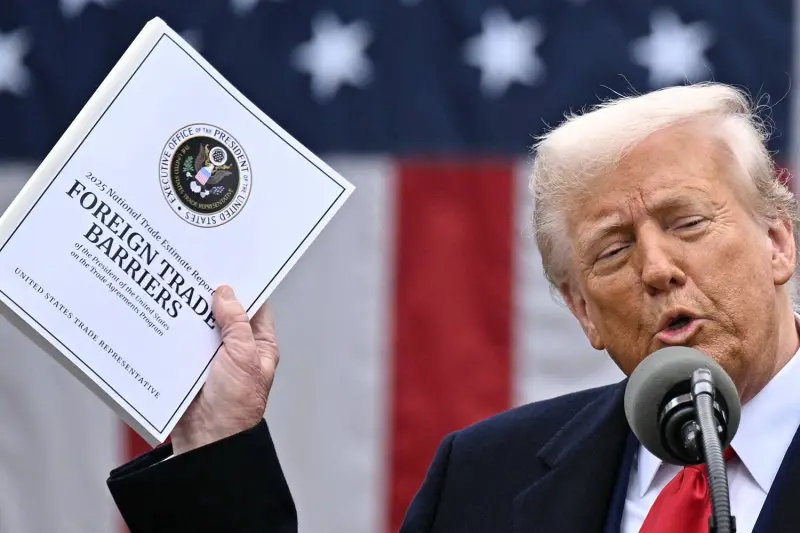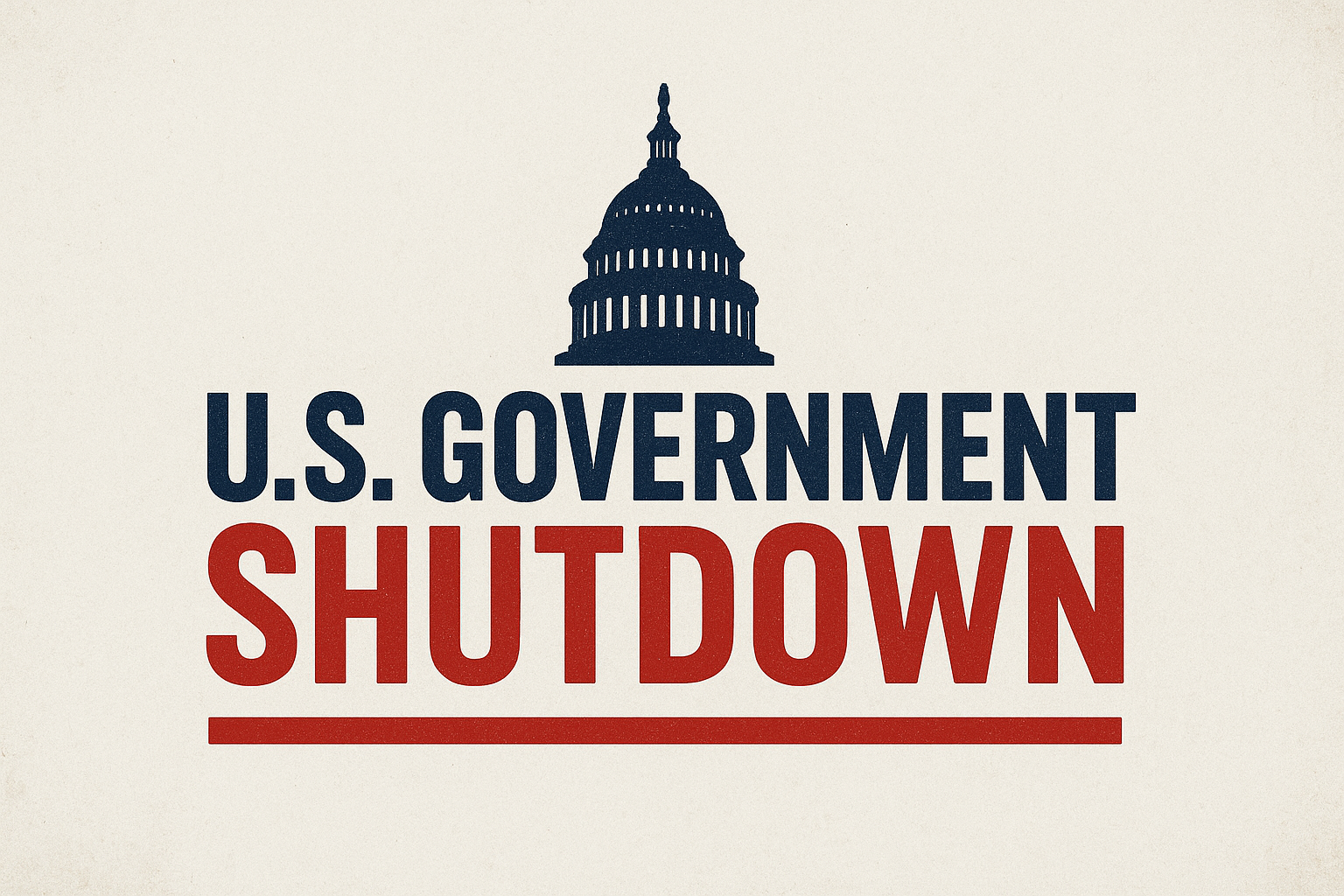On October 1, 2025, the United States officially entered a Government Shutdown, marking a significant disruption in federal operations. This shutdown comes after Congress failed to pass the required appropriations bills to fund the government for the new fiscal year. While shutdowns are not uncommon in American politics, this event highlights the deep partisan divides in Washington and the real-life impact on millions of Americans.
Why the Shutdown Happened
Every year, the U.S. government must pass a series of spending bills to ensure federal agencies have the funding they need to operate. If Congress cannot agree by the start of the fiscal year, non-essential government functions cannot legally continue.
In 2025, the Republican-led House and the Democrat-controlled Senate could not reach a compromise. The main points of disagreement included:
- Healthcare funding: Democrats pushed for protections and expansions for Medicaid and ACA tax credits.
- Spending cuts and rescissions: Republicans aimed to reduce funding for foreign aid, public broadcasting, and other programs.
- Budget limits: Both parties clashed on overall spending levels and priorities for the next fiscal year.
Neither side was willing to yield, and no temporary measure, such as a continuing resolution, passed in time. The result: a government shutdown that affects federal operations nationwide.
What Shuts Down and What Continues
Not all government functions stop during a shutdown. Essential services continue, while others are temporarily suspended:
- Essential workers such as military personnel, TSA agents, and air traffic controllers continue to work without immediate pay.
- Non-essential federal employees are furloughed, meaning they are temporarily sent home without pay.
- National parks, museums, and certain federal offices close or operate at limited capacity, impacting tourism and public services.
- Health and research agencies, including the CDC and NIH, suspend much of their work, slowing research and clinical trials.
- Social programs, including Social Security, Medicare, and Medicaid, continue, though administrative delays and service slowdowns are likely.
For ordinary Americans, this means delays in services, restricted access to public resources, and financial uncertainty for federal workers.
Economic Impact

The economic consequences of a government shutdown are immediate and significant:
- Federal workers and contractors lose income temporarily, reducing consumer spending and straining local economies.
- Small businesses that rely on federal contracts experience delays or cancellations, affecting cash flow and operations.
- Tourism and hospitality sectors are hit near national parks and monuments due to partial closures.
- Markets and credit ratings can be affected, as prolonged shutdowns signal political instability and raise borrowing concerns.
Analysts estimate that each week of a shutdown can cost billions of dollars in lost productivity, highlighting how political gridlock directly impacts the U.S. economy.
Possible Outcomes
Several scenarios could unfold in the coming days or weeks:
- Short-term resolution: Congress reaches a quick compromise, restoring funding and providing retroactive pay to furloughed workers.
- Prolonged shutdown: Extended disputes could result in deeper cuts, potential layoffs, and greater economic losses.
- Public pressure drives compromise: Media coverage and voter dissatisfaction can motivate lawmakers to act faster.
- Future reforms: Lawmakers may push for automatic continuing resolutions or other mechanisms to prevent similar shutdowns in the future.
Political Fallout
Shutdowns are highly unpopular with the public. Voters tend to blame the party perceived as obstructing progress, often leading to criticism and political consequences for both Republicans and Democrats. Beyond politics, these shutdowns reveal structural challenges in the U.S. budget process, emphasizing the need for reforms to prevent frequent disruptions.
2025 U.S. government shutdown
The 2025 U.S. government shutdown is more than a political standoff; it affects millions of federal employees, slows critical public services, and imposes a significant economic cost. Essential services continue, but delays, financial uncertainty, and broader disruptions highlight the consequences of partisan gridlock. While a resolution depends on Congress finding common ground, the shutdown underscores the urgent need for systemic reforms to ensure the government can operate smoothly, even amid political disagreements.
For Americans across the country, the message is clear: government shutdowns may be political maneuvers in Washington, but their impact is real, immediate, and far-reaching.









